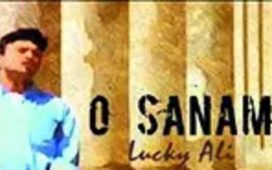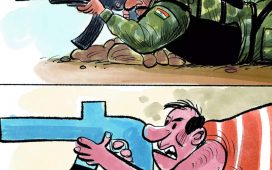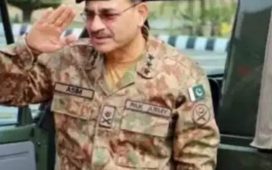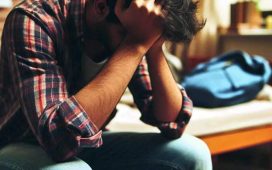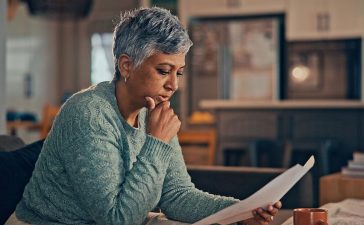
The Model Code of Conduct period cannot be decreased presently to less than 45 days as per statutory time limits. If there are average six elections every year, the development in all those six states comes to a halt at least for 45 days. During the Constituent Assembly debates, Dr Ambedkar had suggested that the Election Commission should not be given independent manpower as it can draw upon the manpower of the government at the time of elections. Accordingly, all the booth level officers, polling and counting staff, observers and field staff, who are with the central and state governments, are diverted from their departments for elections. In 1966, interestingly, in view of absence of any midterm elections during those days, the Election Commission had come to the conclusion that it was a waste of effort to annually revise the electoral rolls, and accordingly amended Section 21(2) of Representation of People’s Act 1950. At present, we again have the system of annual special summary revision of polls involving lakhs of field employees for 3 months every year and spending crores of rupees. In a perpetual election mode, governance becomes the biggest casualty.
The Election Commission had made recommendations for simultaneous elections way back in 1983 and reiterated them again in 2015. The Law Commission had discussed the feasibility of the proposal and its logistics with Election Commission in March 2023. Presently there are about 12 lakh polling stations. If there are simultaneous elections, it will need one additional EVMs per polling station, implying an additionality of at least 12 lakhs EVMs and an additional expenditure of about ₹8,000 crore. The local body elections EVM requirements will be worked out by respective State Election Commissions in consultation with ECI. They may not be very large because Panchayats and small town- area committees with limited votes may use ballot papers as per current practice. The two PSUs – BEL and ECIL – may take a couple of years to manufacture these EVMs. Also the staff as well as security will increase marginally. ECI has in the past successfully conducted four simultaneous elections, the last one being in 1967, when it conducted simultaneous elections to 520 Parliamentary and 3,563 assembly constituencies. The integration of the local bodies’ elections should not be a problem because the district machinery conducting field level operations in both the elections is the same. Even today, a number of State Election Commissions use electoral rolls prepared by Election Commission.
Interestingly, the Parliament had by legislation in 1956 increased the term of members of Andhra Pradesh assembly beyond 5 years for synchronisation with other members. The Telangana area of the old State of Hyderabad had been added to the new State of Andhra Pradesh under the States’ Reorganisation Act 1956. The 1957 assembly elections were conducted only for this added area. The original state of Andhra, having already undergone elections in 1955, did not go for elections in 1957. The term of those pre-existing members was increased up to 1962 to hold elections simultaneously for the entire state.
There could be some apprehensions in certain quarters over simultaneous elections. The regional parties could have a feeling that as all the parties will campaign for both national and state elections simultaneously, there could be a shift of focus of electoral debates from state-specific issues to national concerns. Consequently, national parties may dominate the electoral landscape, reducing the political relevance of regional issues during state elections. The proposal for a common electoral roll may also generate some federal concerns. There could be some views on the methodology suggested for the integration of local body elections in the scheme. In all such cases, there is never a single view. The beauty of democracy is that all issues are sorted out through discussion and dialogue. The Kovind Committee has put the issue in public domain. It is for our law makers to discuss and debate all the issues and evolve a national consensus on these reforms.
The writer is former election commissioner

